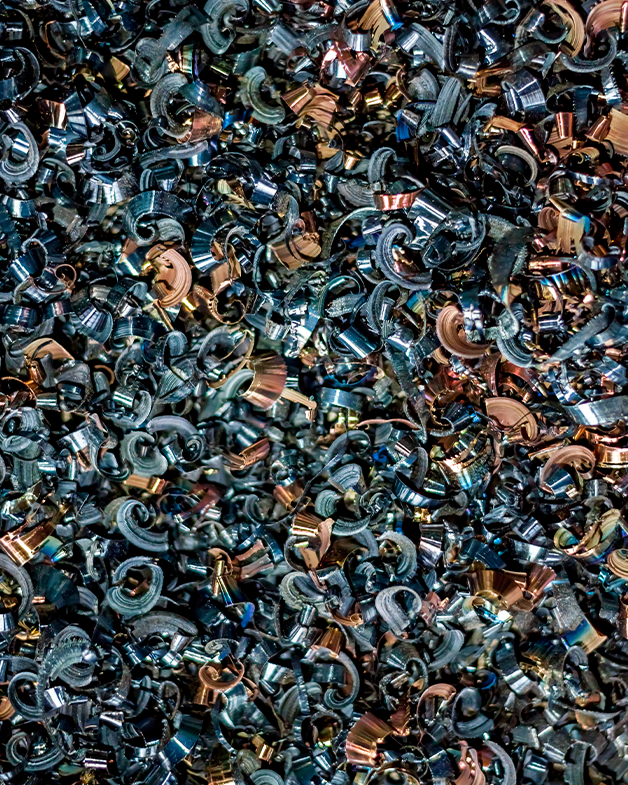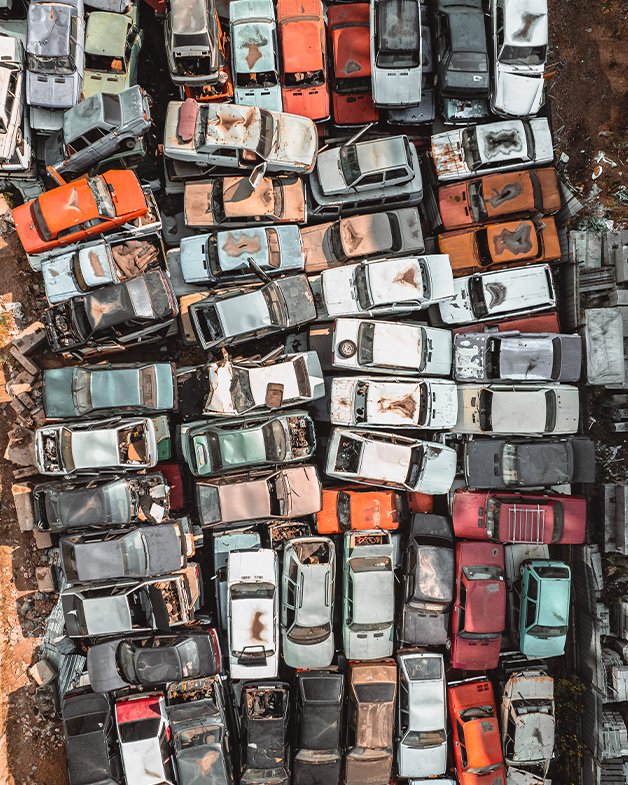
The group of waste ferrous metals includes iron with all its alloys, namely: raw iron, steel, and ferroalloys. Stainless steel (inox) is also classified in this group, which, unlike other ferrous metals, does not have magnetic properties.
On the other hand, waste non-ferrous metals, which do not have magnetic properties, include copper, aluminium, brass, zinc, and others.
Recognising that all these types of metals contain hazardous substances (heavy metals) that require proper treatment, and at the same time have components that can be reused in production, Ekocentar 97 has set up additional sectors for storing and treating these waste materials.
The exact identification of the type and quality of metals is conducted using an XRF Spectrometer, which offers a detailed analysis of the metal composition and type.

Within the waste metal sector, Ekocentar 97 also handles motor vehicles that are faulty, non-functional, or no longer meet the criteria of ECO standards for use. Such vehicles undergo recycling.

Ekocentar 97’s skilled professionals first dismantle the vehicles, and then sort the metals, textiles, glass, tires, as well as the hazardous substances (antifreeze coolant, oil, freon, glycerine) found in the cars.
Discarded cables, often composed of copper or aluminium, serve as a valuable resource for producing new materials with similar or identical applications in the future. However, these discarded cables also contain rubber or plastic, posing an environmental threat if incinerated or improperly handled. Through specialised methods and dedicated equipment, Ekocentar 97 effectively treats and separates metals from insulation materials, typically rubber or plastic, which allows for proper processing in subsequent stages of the recycling process.
